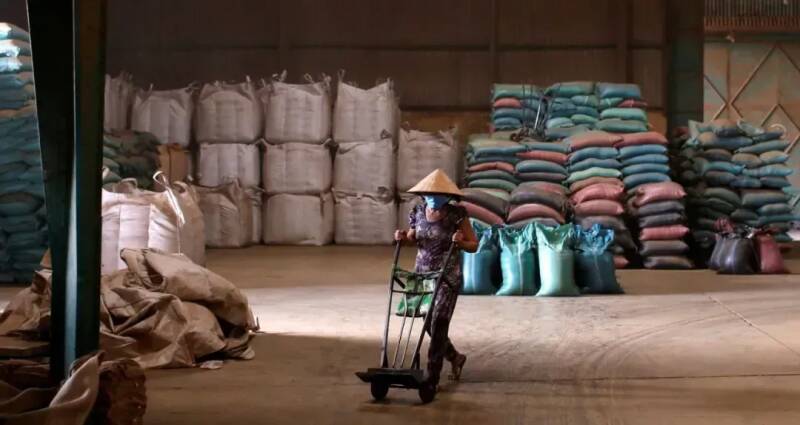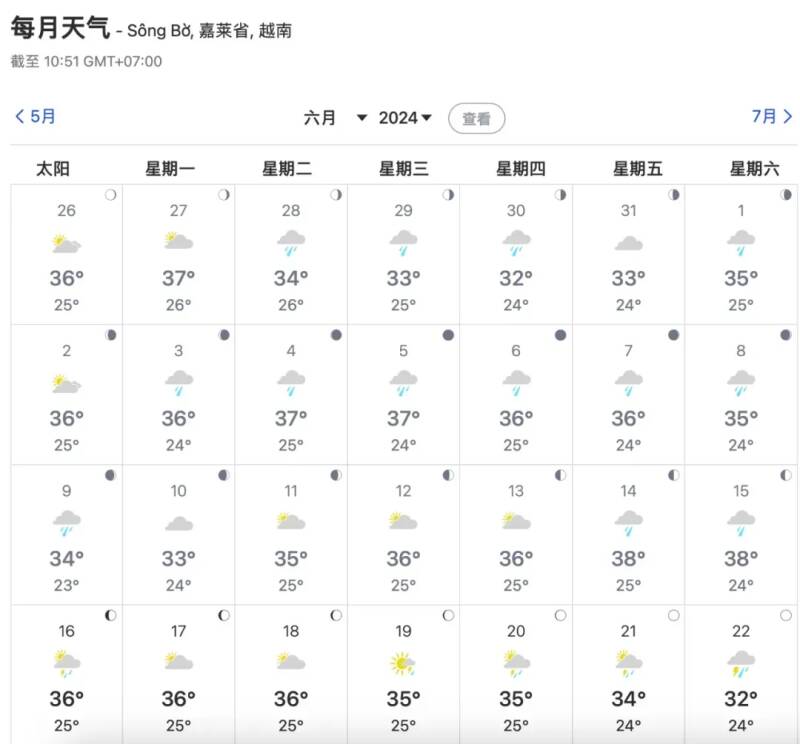Vietnam's coffee bean export revenue in the first half of the year reached US$3.04 billion! But the harvest is not good
Recently, the General Administration of Customs of Vietnam released export data, as of the first half of June, Vietnam had exported 862400 tons of coffee this year, with export income of 3.04 billion US dollars.
Even in terms of overall data, exports fell by 8 per cent year-on-year, and the theft of goods such as coffee beans at the port reported earlier resulted in a loss of nearly 2.7 billion dong, but export revenue rose 38 per cent year-on-year and reached an all-time high.

On the price side, the average price of Vietnamese coffee exports in May was US $4275 per tonne, up 14 per cent from April and 66 per cent from the same period last year. In the first five months of this year, the average export price of Vietnamese coffee reached 3475 US dollars per tonne, up 41 per cent from the first five months of last year.
And the price of coffee in Vietnam is also high. At present, the estimated price of raw coffee beans in the Central Highlands is between 122 million and 125 million dong / ton. Currently, Robusta futures prices have remained above $4000 a tonne since June and have recently soared to a high of $4253.
The main reason for the high price is the severe drought in Vietnam. It is reported that affected by El Ni ñ o this year, the period from March to May was the worst drought in nearly a decade, leading to the drying and cracking of the riverbed. Coffee plants withered and leaves yellowed and withered and other problems.
In recent weeks, Vietnam has begun to rain, although the harvest has improved, but the progress of the coffee harvest is still not optimistic, because most of the time it is just showers and less rainfall.

Local farmers in Vietnam said that recently, the temperature in Vietnam is also higher than usual, generally above 30 degrees. Coffee plants continue to be subjected to high temperature stress after rainfall, which will lead to root rot and necrosis, yellowing and scorching of leaves, and followed by stagnant plant growth, few new buds and leaves, increased infection rates of disease and insect pests, and poor fruit quality.
In addition, some traders believe that the current concerns about Vietnam's coffee harvest are not over, and that if there is not enough rain after the drought, or if there is too much rain between the October harvest season, it is likely to further depress production.
In addition to the weather, as global demand for robusta coffee continues to grow, coffee prices remain high due to supply shortages, while farmers and middlemen in Vietnam and Brazil are hoarding beans.
According to Simexco, one of Vietnam's largest coffee exporters, as coffee prices have risen before, curry farmers have the financial resources to hoard and hold coffee beans, so they are in no hurry to sell and wait for prices to rise.
However, there is good news on the weather. According to the National Oceanic and Atmospheric Administration (NOAA), La Nina is likely to form between July and September 2024 and continue throughout the winter of the Northern Hemisphere.
It is said that each La Nina phenomenon is different and there are many uncertainties, while the La Nina weather in previous years turned into El Nino in 2023 and into La Nina phenomenon in the second half of this year, which will make this phenomenon very weak. the impact on the world weather is not as great as in the traditional climate world.
As a result, no major coffee-producing countries are expected to suffer serious weather-related damage and production is expected to return to normal levels.
Important Notice :
前街咖啡 FrontStreet Coffee has moved to new addredd:
FrontStreet Coffee Address: 315,Donghua East Road,GuangZhou
Tel:020 38364473
- Prev

What is the water temperature used to brew deeply roasted coffee beans? Do I need to use hot water at 92°C when making lightly baked beans by hand?
I believe that all of you have encountered this situation more or less when rushing: although the parameters are normal and there are no problems with the water quality, technique, and time, the brewed coffee is not sufficiently extracted. Qian Jie mentioned such a sentence in yesterday's article, if all extraction parameters tend to be normal
- Next

Coffee brands were investigated by the Human Resources and Social Security Bureau! Manner responds to the latest news!!
▲ Click to pay attention| Daily Boutique Coffee Culture Magazine Coffee Factory's recent "Manner Incident" that has caused a stir in the entire coffee industry has not yet completely subsided. The brand has recently fallen into new controversy because the number of employees paying social security did not meet expectations. This morning,#Human Resources and Social Security Bureau came to investigate Ma
Related
- What effect does Italian American coffee with filter paper have? Will coffee taste better if it is put on filter paper at the bottom of the powder bowl?
- What is the color difference in coffee beans? What are the characteristics of honey processed coffee beans? Why are the anaerobically treated coffee beans uneven in color?
- How does novice Xiaobai quickly get started and make coffee? Newbies learn to make coffee by hand and share the specific steps and process process!
- Costa tea has a shelf life of 100 years?! Expert: Unable to verify
- It's a huge uproar! American milk addition was rejected by Manner employees?!
- Mocha pot coffee bean recommendations| How fine and how much powder should be used for grinding? What parameter ratios do I need to use to make milk with Mocha pot coffee?
- What are the characteristics of the world's top ten coffee beans treated with Costa Rica honey? How to make black honey kadura from Tarazhu Pilon Processing Plant taste good?
- How to make deep-roasted coffee? What grinding water temperature does authentic Jamaica Blue Mountain No. 1 coffee use to brew it well?
- Selected high-grade rose summer coffee flavor tasting guide Why Panama rose summer has the aroma of flowers and fruits
- What equipment does a novice Xiaobai need to buy to learn to make coffee? Filter cup electronic scale bean grinder manual flushing pot purchase guide

